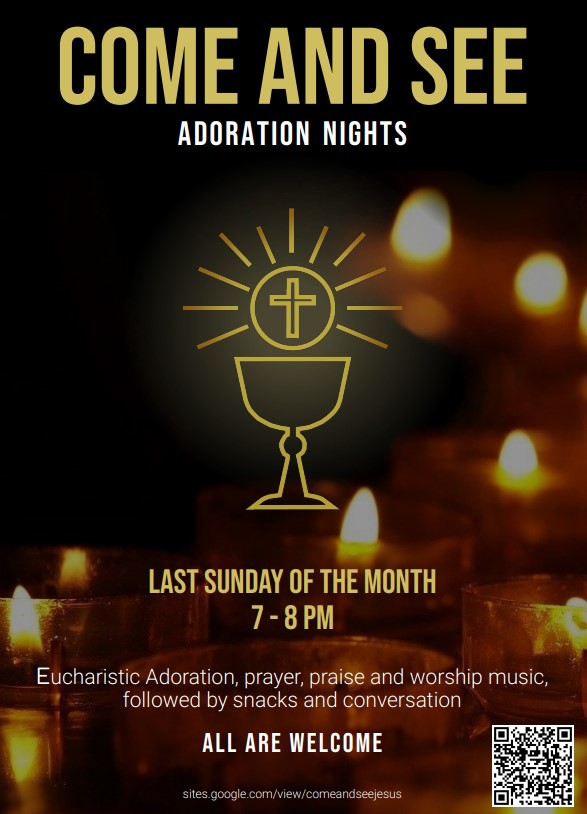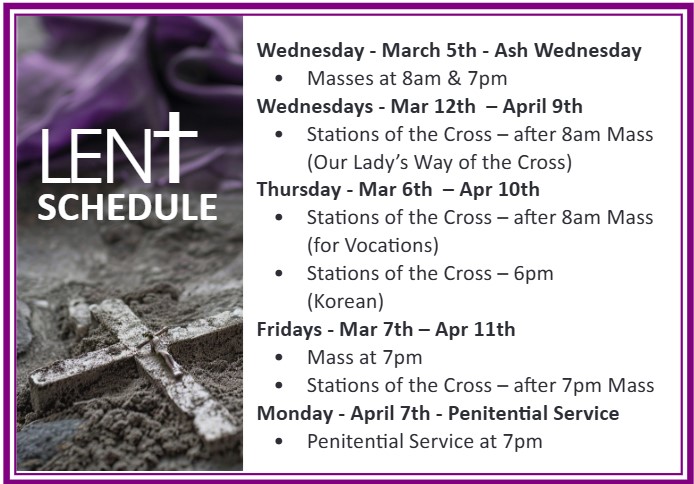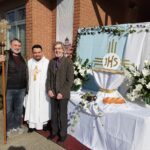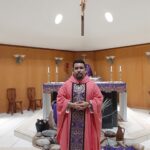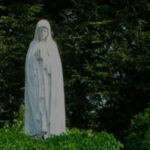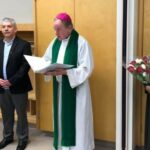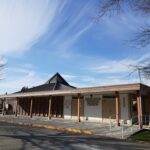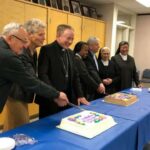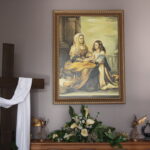Continued
II. Biographical Information
Born at Fino Mornasco near Como on July 8 1839, the third of eight children, he attended the public high school in Como, where he showed a fine intelligence, but above all a constancy in hard work – qualities also seen when, after junior high school, he entered the minor seminary and, in due course, the major seminary. After being ordained to the priesthood in 1863 at the age of twenty-four, he expressed a desire to become a missionary with PIME, but his bishop decided to send him instead to the minor seminary as teacher and vice-rector, and later as rector. “Your Indies are in Italy,” he told him.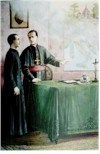
Here he brought a breath of fresh air in terms of method and content in the teaching of history and Greek, opening it up to a more modern approach. He also showed the compassion and love for those in need when he distinguished himself in the care of the victims of cholera which struck the region. In the political sphere, he showed a certain tendency toward the “transigent” attitude –
which sought conciliation between Italy and the Vatican. Since this tendency cooled his relations with the old guard of “intransigent” professors – who wanted the Pope to regain possession of the Papal States – in 1870 the bishop appointed him parish priest of St. Bartholomew’s on the industrial outskirts of Como, in order to spare him more serious problems.
 His new post gave him a chance to bear the first fruits of that pastoral activity that would grow into a personal trademark: a zeal for souls, which places intelligence at the service of good. And thus, we come across his Small Catechism for Nursery Schools (1875), various social initiatives, including those for textile workers and the deaf and dumb, a mutual assistance society to help the unemployed and the handicapped, and the first oratory for men in Como.
His new post gave him a chance to bear the first fruits of that pastoral activity that would grow into a personal trademark: a zeal for souls, which places intelligence at the service of good. And thus, we come across his Small Catechism for Nursery Schools (1875), various social initiatives, including those for textile workers and the deaf and dumb, a mutual assistance society to help the unemployed and the handicapped, and the first oratory for men in Como.
He also kept in touch with issues and events outside his parish resulting, among others, in the eleven talks on the First Vatican Council (appreciated also by St. John Bosco). These were printed and reached as far as Rome, contributing to his appointment as Bishop of Piacenza in 1876 when he was only thirty-six.

